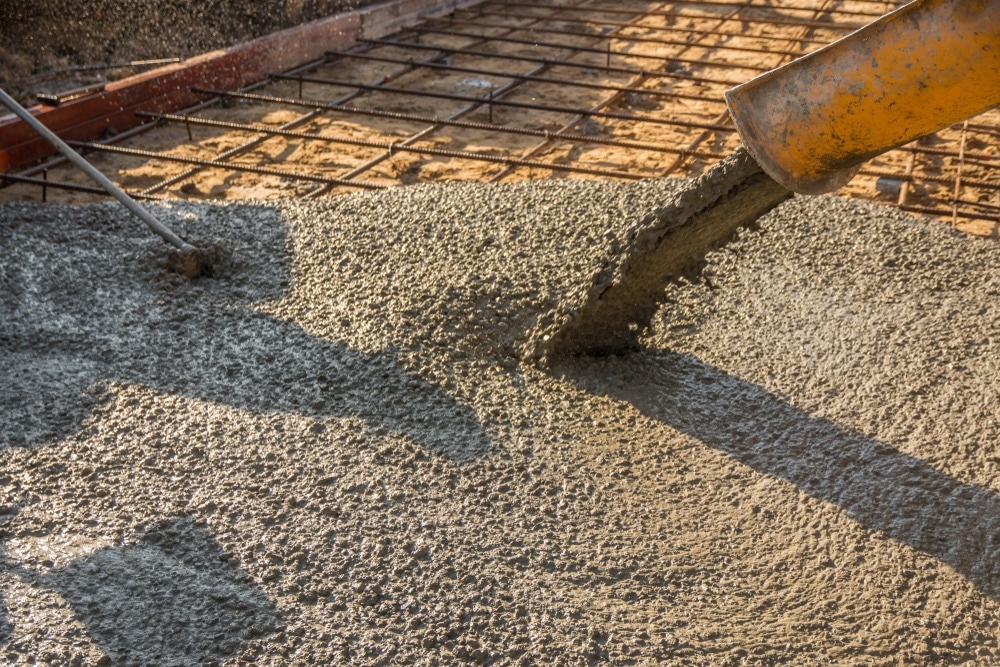In a recent breakthrough, researchers developed a game-changing method for concrete manufacture. A study published in Engineering describes the development and possibilities of compression-cast concrete (CCC), which can transform the construction industry’s future.

Image Credit: Nopphinan/Shutterstock.com
Concrete production is a major source of worldwide carbon emissions, with the building industry responsible for a large amount. The innovative compression-casting process provides a solution by increasing the characteristics of concrete without using chemical additives or mineral admixtures. This approach is suitable for traditional aggregates and secondary or waste materials, supporting sustainable construction.
The study summarizes considerable research on CCC, including its material characteristics and structural behavior. Experiments have demonstrated that CCC has superior mechanical qualities, with compressive strength and elastic modulus much higher than normal concrete (NC). Microstructural research revealed a denser matrix with less porosity, contributing to increased durability. CCC also has higher resistance to carbonation, freeze-thaw cycles, chloride penetration, and water absorption.
One of the primary benefits of CCC is its potential to reduce cement use while maintaining or enhancing concrete quality. This results in a significant reduction in carbon dioxide emissions, consistent with worldwide aspirations toward carbon neutrality. Technology also allows for large-scale solid waste recycling in concrete, such as recycled aggregates and rubber, while maintaining performance.
However, CCC’s higher brittleness compared to NC presents a hurdle. The researchers proposed techniques to overcome this issue, including fiber-reinforced polymer (FRP)/steel confinement, steel fiber addition, and increased compression reinforcement. These approaches have been demonstrated to significantly increase the ductility of CCC constructions.
The compression-casting technology requires a strong mold and is better suited for the mass production of precast concrete pieces. Although more difficult than traditional casting, it allows for faster production periods and perhaps reduced long-term expenses.
Journal Reference:
Wu, Y.-F., et. al. (2024) Green Compression-Cast Concrete Material and Its Fiber-Reinforced Polymer (FRP)-Reinforced Concrete Structures. Engineering. doi.org/10.1016/j.eng.2024.10.005